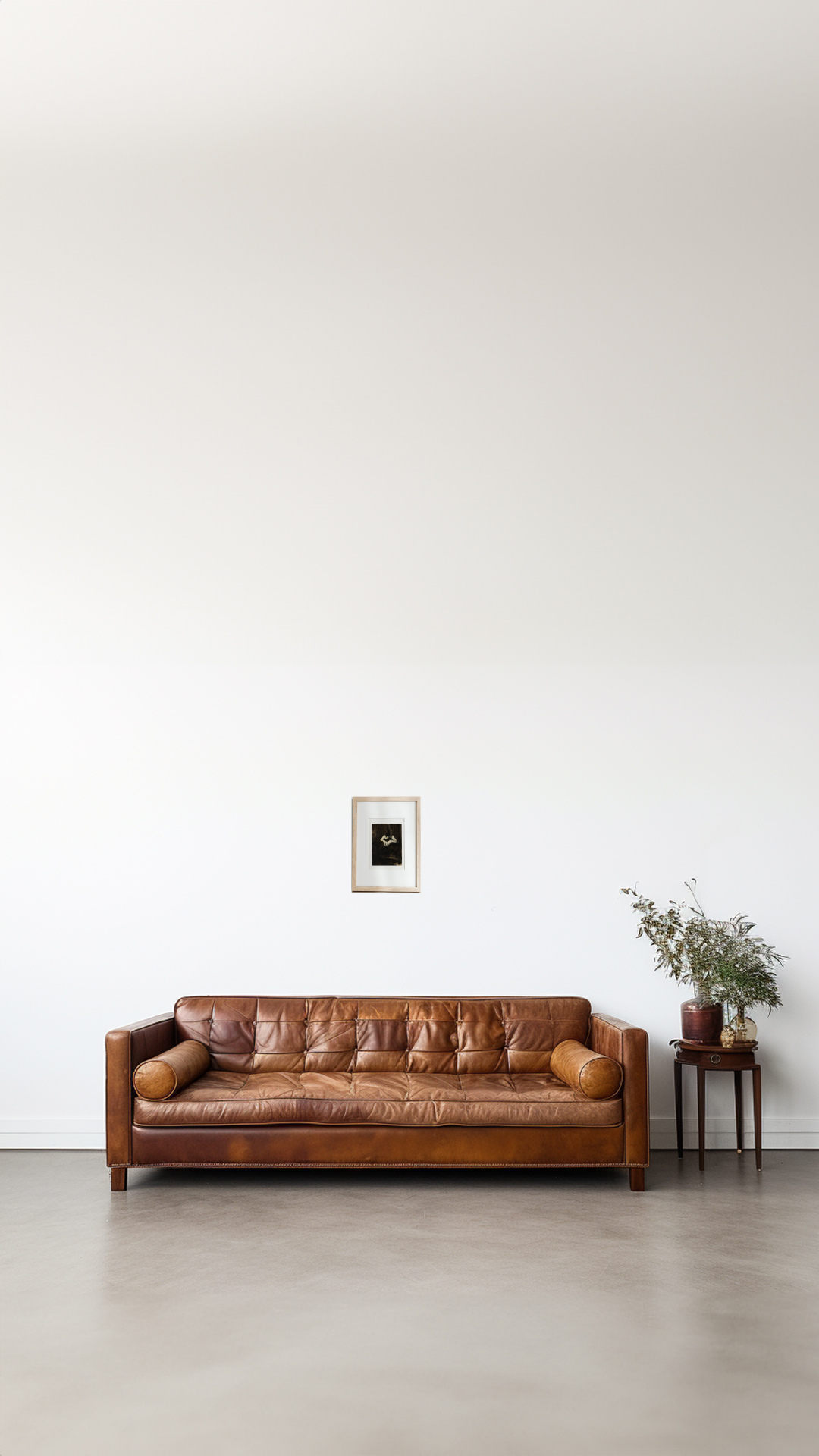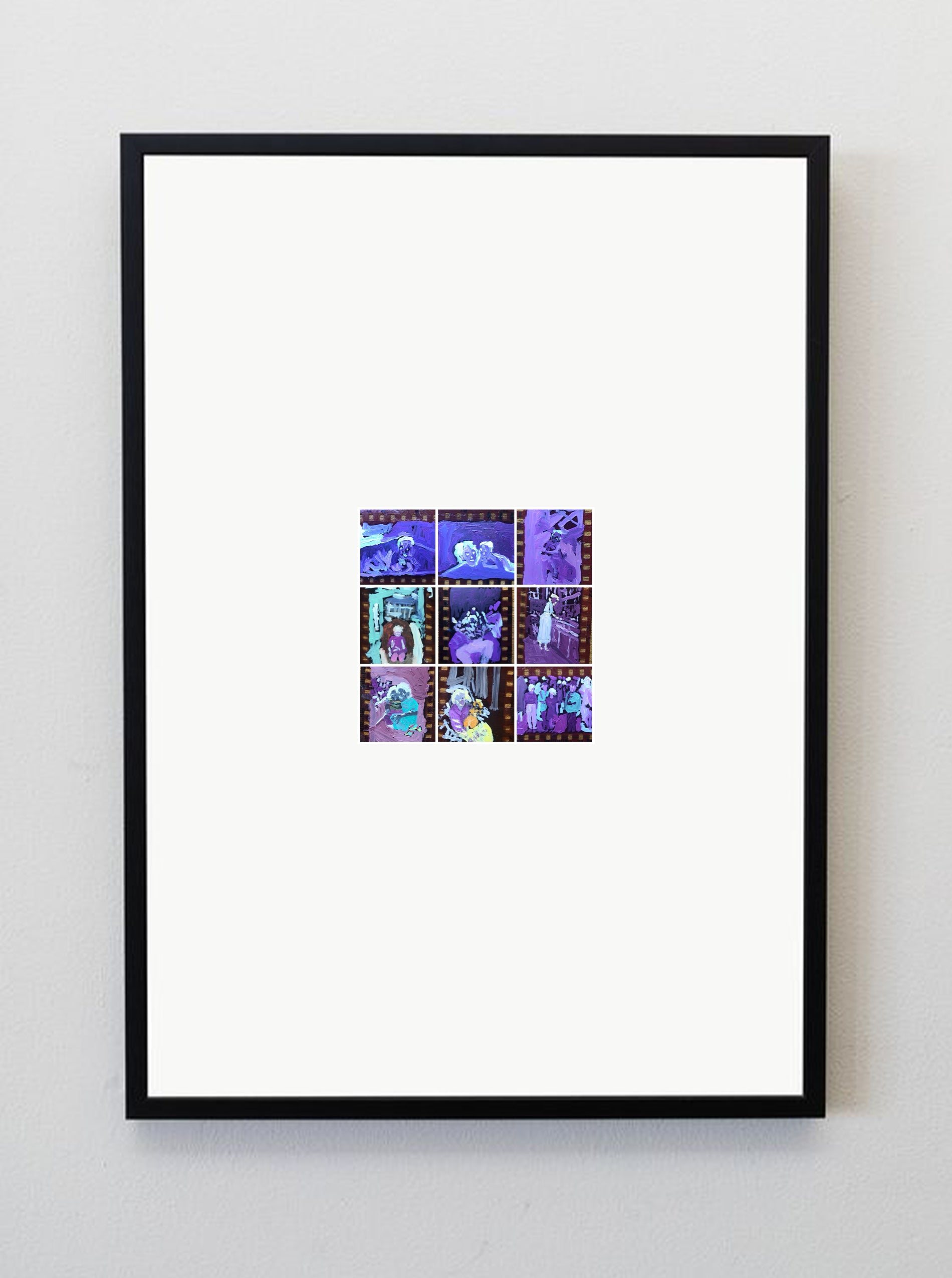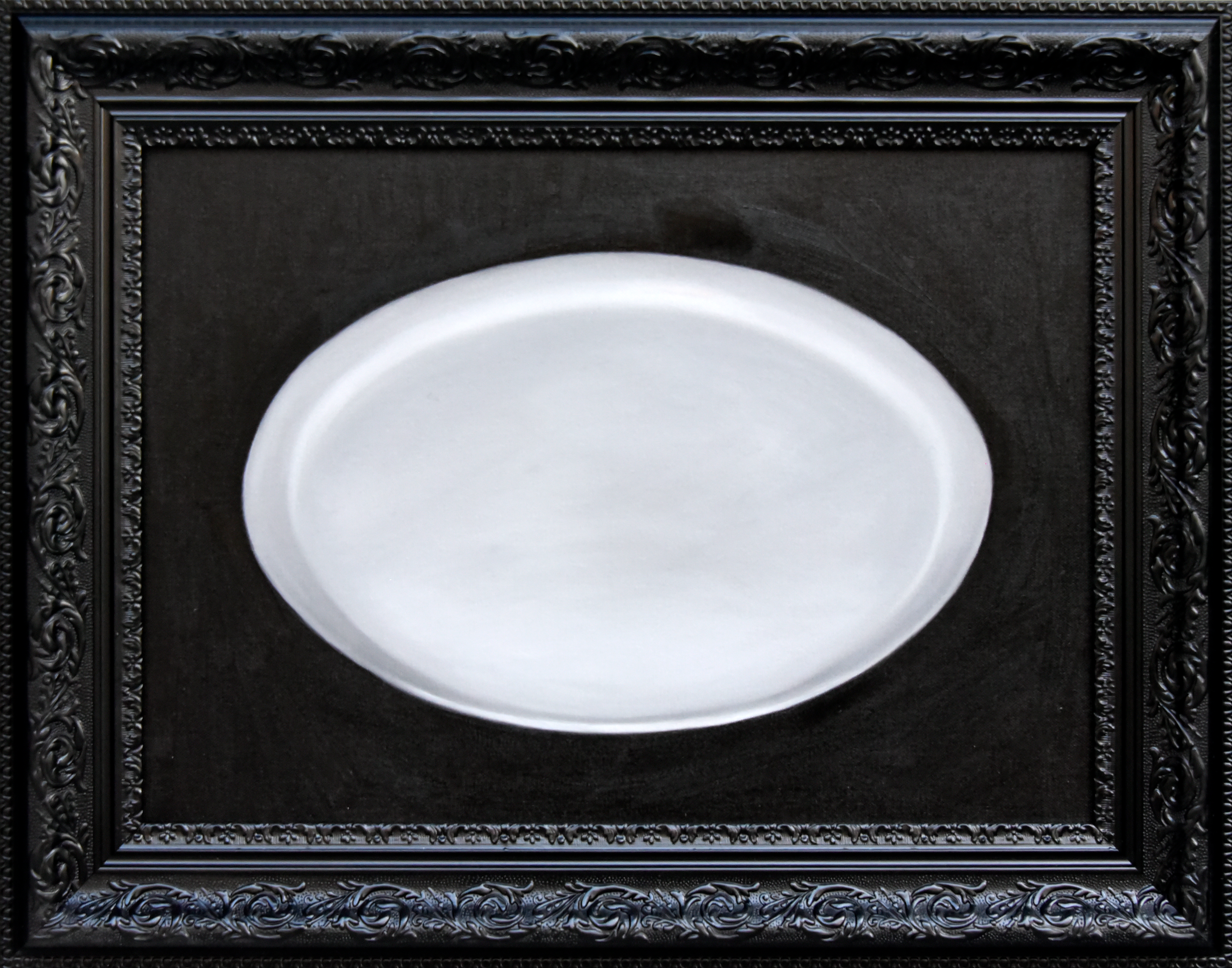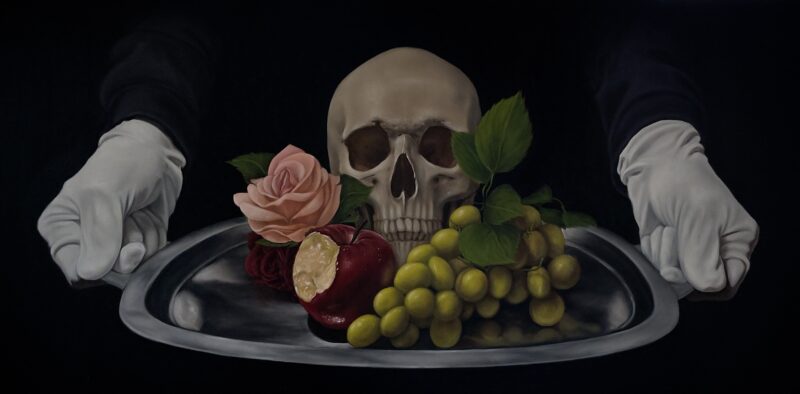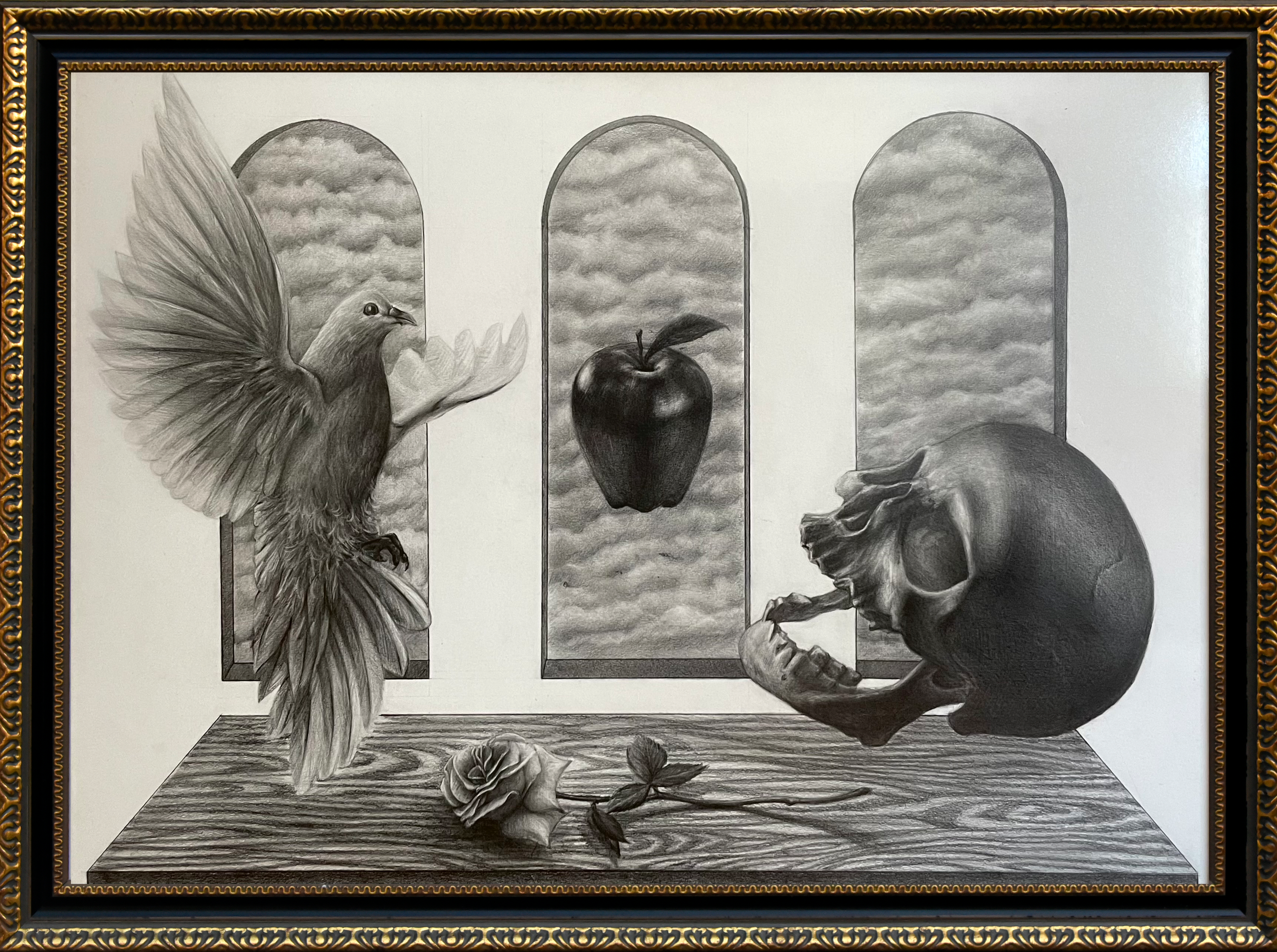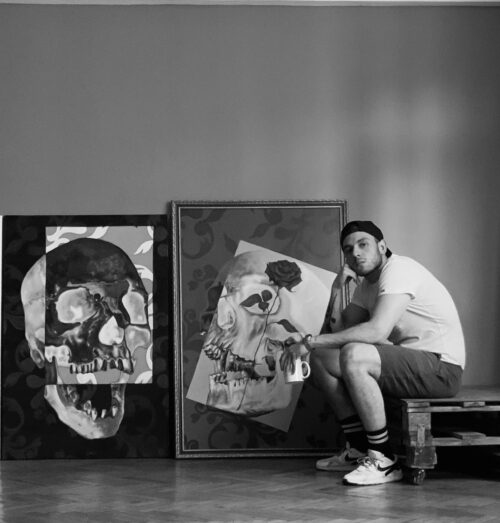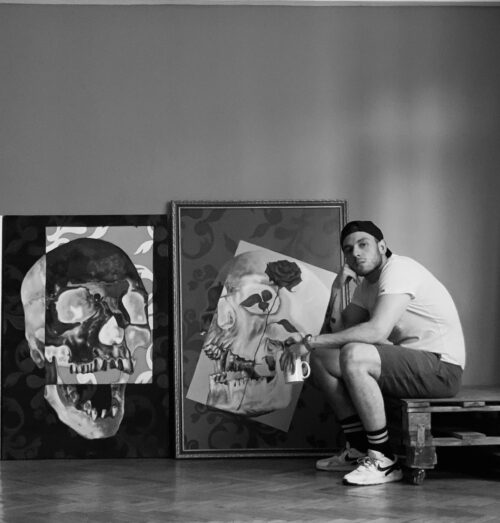Can you tell us about yourself first?
- I am Erman Gürcüm, an artist based in Istanbul. I completed my undergraduate studies in the Painting Department of Doğuş University in 2015, and my postgraduate studies in Plastic Arts at Yeditepe University in 2020. I have been working in my own studio since 2017. The curiosity for painting started at a very young age for me, triggered by my brother not letting me join him while he was painting. I mainly produce my works using oil paint on canvas and drawing techniques on paper. In my recent works, I focus on the concepts inherent in the 'Vanitas' painting tradition. I am grateful to be part of the 1wall Exhibition, and I thank you for that.
Did the formation process of your works start with the Vanitas tradition you mentioned?
- My understanding of painting began to take shape when I started my art education, accompanied by technical and theoretical knowledge. Like every artist, I wanted to focus on the subjects I wanted to research; I wanted to delve into deep topics. When I encountered the Vanitas mindset, I understood better which topics I wanted to focus on, and this mindset prepared a ground for me. I build what I see and what I want to convey on this ground.
The main theme in the Vanitas tradition was the transience of the world and shaping people towards the right path. What message do you want to add by adapting this tradition to the contemporary art scene?
- The Vanitas mindset has been a thought structure that has persisted since the 17th century. It is possible to see this understanding in figures, still lifes, and genre paintings. Like other artworks, these works have been directly related to the social, economic, and cultural issues of the period in which they were created. Sustaining this tradition in the contemporary art scene, practicing painting in this tradition, provides a very timely criticism of today's consumer age.
While creating your works, how did the use of skull symbols as your self-portraits affect the work?
- The desire to use skull objects as my self-portrait actually stems from the desire to involve myself in the event. Like every artist, the works produced belong to me. I prefer to present myself to the audience. However, the manifesto brought by the skull object goes beyond me and being me. I use the narrative in my works to strengthen the connection between the viewer and the artwork.
What is the reason for naming the exhibition 'Bon Appétit'?
- I wanted to examine the concepts of fate and choices in the works I made for this exhibition. Of course, I wanted to present these concepts to the audience in my own style. Why did I depict human life as an empty plate? From the moment we were born, do we decide what will come to us, or do they come to us ready-made? I also wanted to explore such concepts in my work. When constructing the narrative, I thought as follows; I adjusted the perspective in the serving painting exactly according to the horizon line, and the empty plate is in a position as if waiting on the table just below the full serving. Here, I want the viewer to put whatever he wants on the plate using his imagination. But there is also a paradox; the presentation is clear, what you need to take is clear. You can take all of them from these, or you may not have the right to choose. I want the viewer to ask these kinds of questions to himself while looking at the painting. I think this interaction makes the artwork evoke different meanings in the viewer. With this aim, I wanted to create a painting where the viewer also becomes part of the work. I believe that the death metaphor contained in the skull and the critical structure of Vanitas put both the viewer and the work in a better position on these concepts.



